It’s very nearly October, and there’s a definite chill in the air here at Living DNA’s head office in sunny Frome, England.
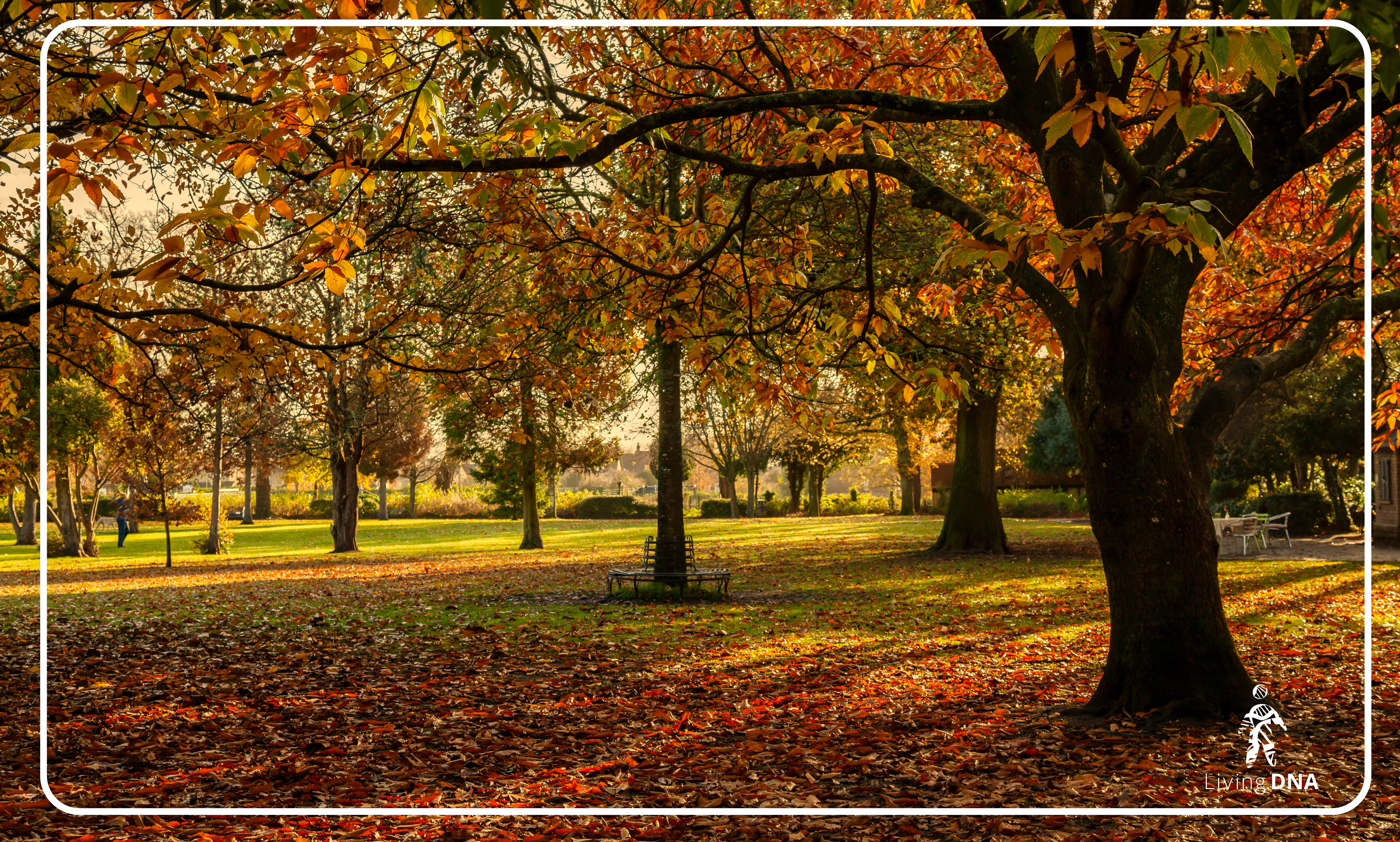
Autumn has a way of slowing life down. The kids are back at school and the evenings are gradually growing darker. Creatures are beginning to prepare to hibernate through the long cold months of winter and, while humans don’t get to curl up somewhere warm and cosy for months at a time like hedgehogs and dormice, there is definitely something about autumn that makes us crave a little extra rest.
While it can feel like a pause between busy days, sleep is actually a lot more. It’s the time your body takes to repair tissues, to consolidate your memories, and to rebalance your hormones. Good quality sleep can support not just your energy levels, but also your immune system, mental clarity, and overall wellbeing. If you miss out on a good night’s sleep then everything from your concentration to your mood can start to feel a little off.
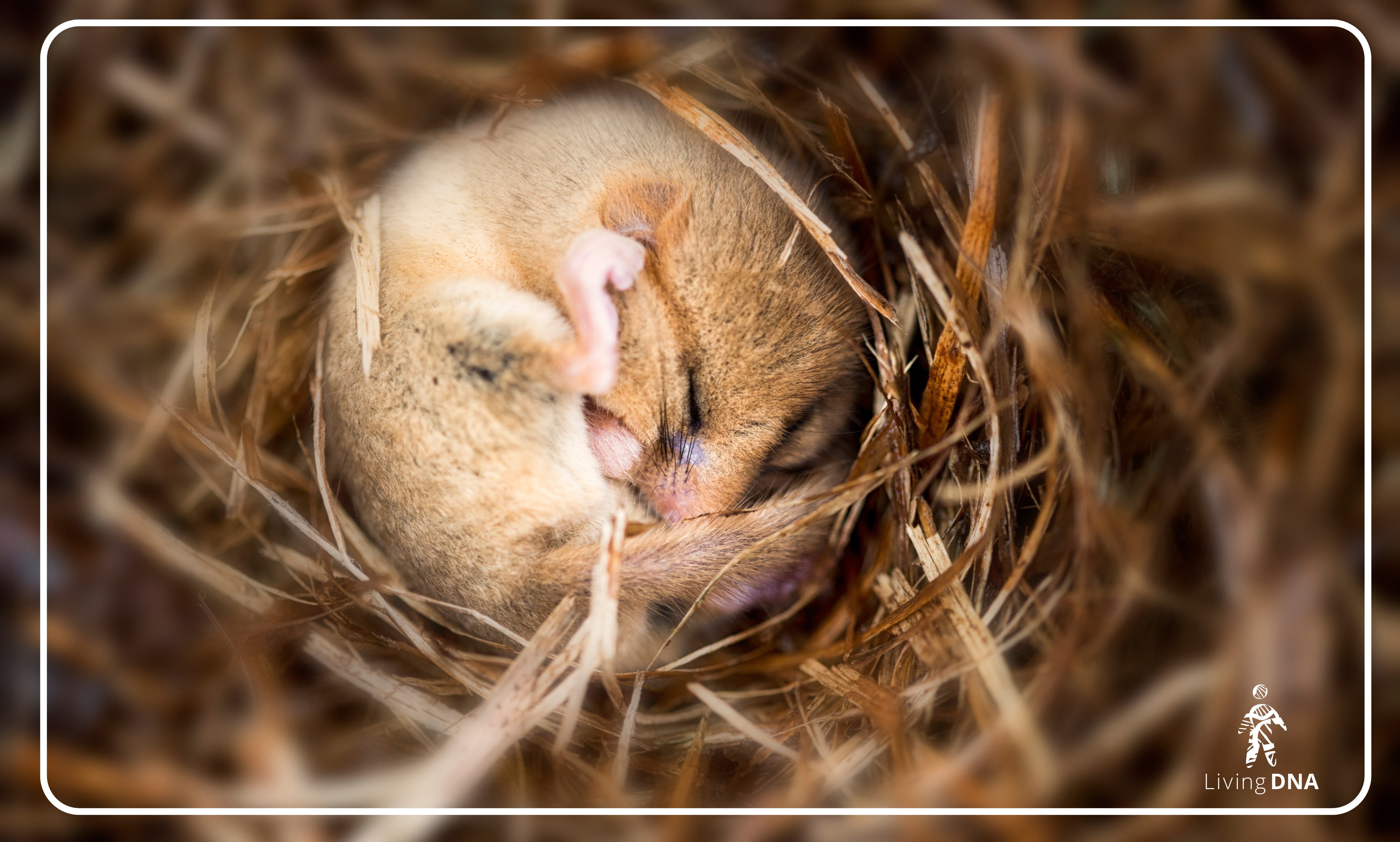
But sleep isn’t the same for everyone. Some people might rise with the sun and spring out of bed with a smile and a song, while others only begin to hit their stride when night begins to fall. Have you ever wondered why this might be?
One part of the answer lies in your genes. Variants on genes known as “clock genes” such as PER1, PER2 and CLOCK help your body to set the pace of your circadian rhythm, the internal clock each of our bodies runs on. Depending on which version of these genes you carry, you may be more inclined towards waking at the crack of dawn… or going to bed at it instead. This tendency towards “morningness” or “eveningness” is called your Chronotype.
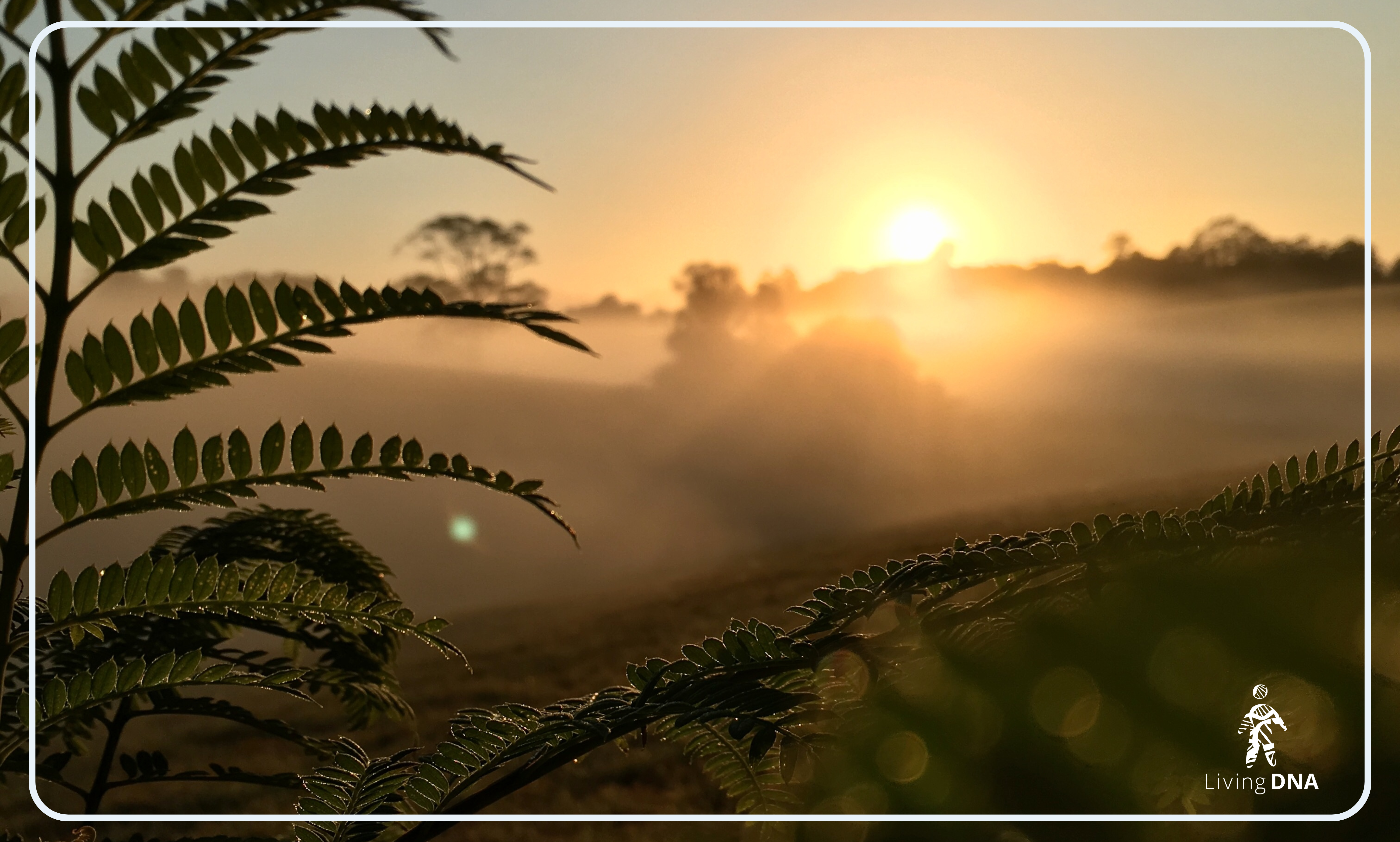
Genes can also influence how long you may need to rest each night. While some people are wired to feel refreshed after just a few hours (such as Margaret Thatcher, who famously stated that she only needed four hours per night), others truly need their eight hours, or even more, to feel restored.
Researchers have linked variations in the ABCC9 gene with differences in how much sleep someone needs, which helps to explain why your “eight hours” doesn’t always look the same as someone else’s.
Your DNA plays a part in sleep quality too. There are genetic variants associated with conditions like Restless Leg Syndrome, which can make it difficult to fall asleep, and with Obstructive Sleep Apnea, a disorder in which breathing is repeatedly paused and resumed during sleep and can cause disturbed sleep and snoring. Even seemingly unrelated genes can affect your sleep quality. Your body’s genetic predisposition to metabolising caffeine will help to determine how long the effects of your afternoon cup of coffee last, with some able to fall asleep normally at bedtime following a 2pm latte, and others experiencing insomnia or poor sleep quality for hours afterwards.
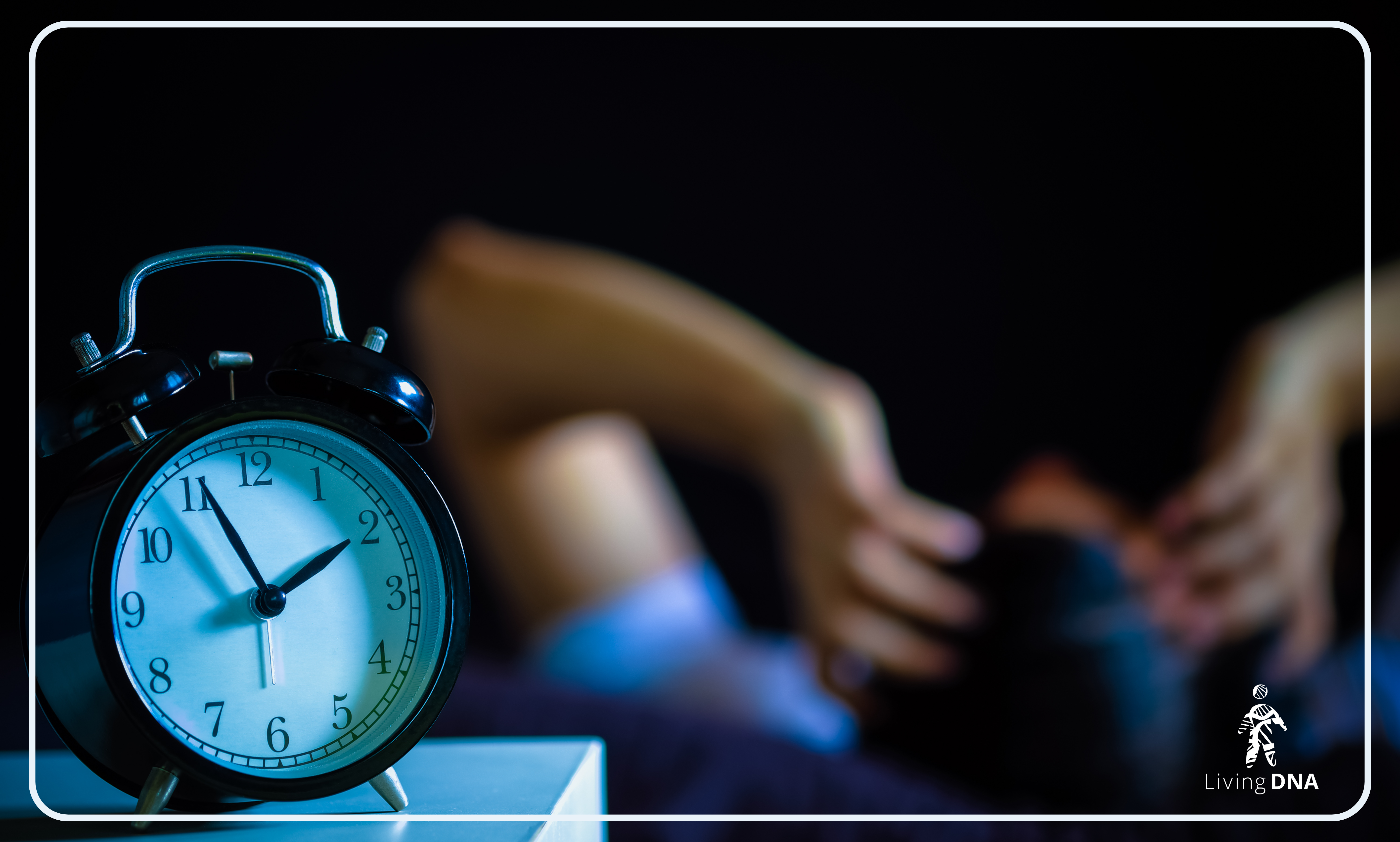
All of this goes to show that sleep isn’t just a matter of discipline or sticking to a perfect routine. Your DNA builds the framework that shapes your natural tendencies and sensitivities. With Living DNA, you can explore your own personal patterns through our health tests, offering insights into sleep traits and nutrigenomics so that you can better understand your body’s natural rhythms.
But understanding your genetic sleep tendencies is only half of the story. Putting them into practice can help you get the all important rest you need. Here are Living DNA’s Top Tips for working with, not against your biology to get a good night’s sleep.
Know your chronotype: If you have a natural tendency towards being an early bird, try leaning more into morning tasks, but if you’re more of a night owl try to allow yourself to be productive later in the day when it’s possible.
Create a cosy bedtime routine: Soft, warm toned lighting, gentle rituals such as a warm bath and skincare routine, and keeping things consistent can help to nudge your natural circadian rhythm into sync with the changing of the season.
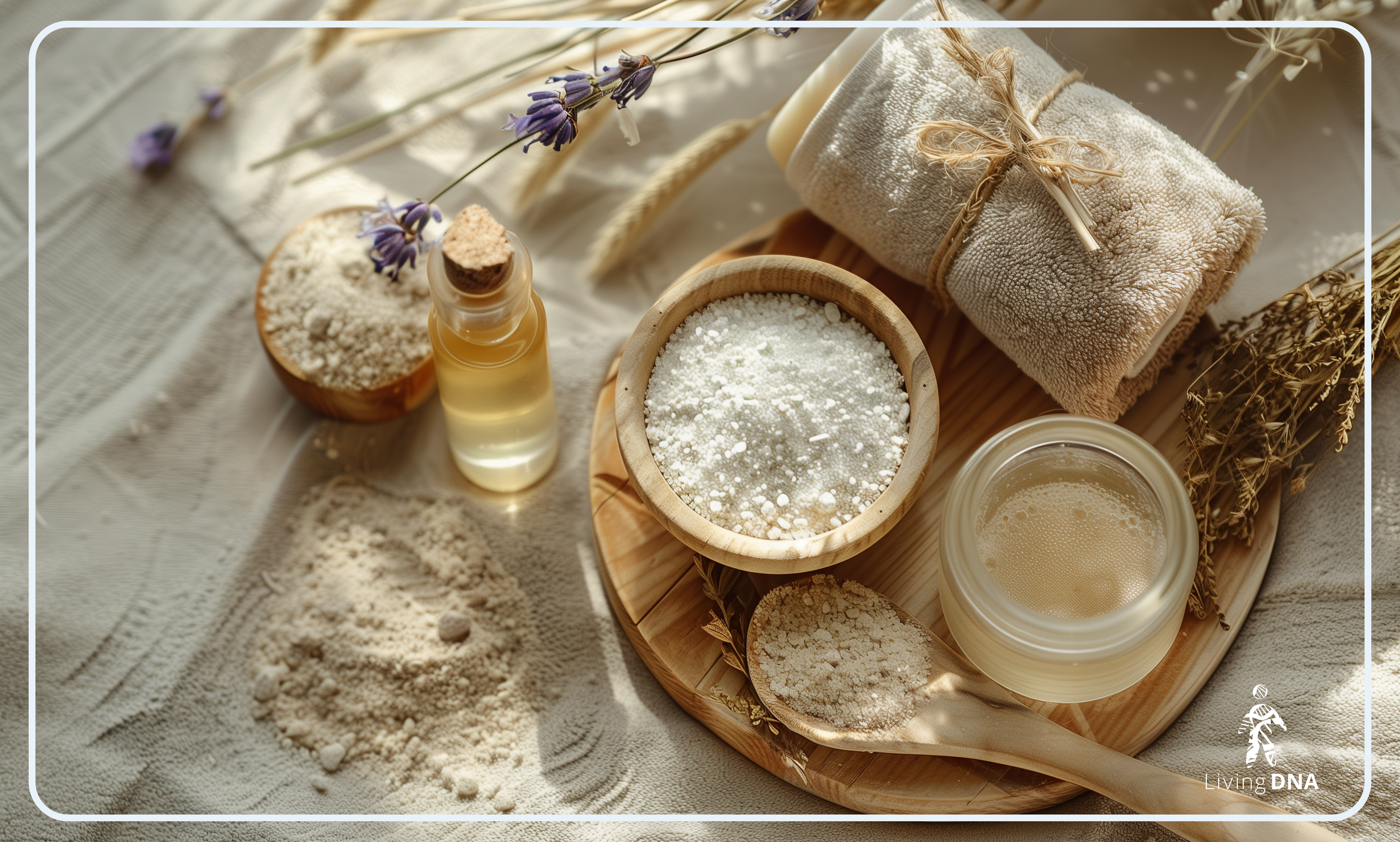
Limit screens before bed: Blue light, like the light generated by your phone, computer, or TV screen can delay melatonin production. Melatonin is the hormone that tells your body to start preparing for sleep, rising at night and returning to normal during the day. If your body already leans towards having a later sleep phase, lower or delayed melatonin can disturb your sleep.

Rethink your caffeine intake and evening meals: Variants in caffeine metabolism genes mean that some people feel the effects for much longer than others. If you’re more sensitive to caffeine, even a small cup of coffee in the mid-afternoon could disrupt your sleep.
Support Sleep Quality: If you are more prone to lighter or more restless sleep, a cooler, darker, and quieter bedroom environment can help you to make sure that the hours you do get are more restorative.
Soothe restless legs: Taking some time for gentle stretches, a warm bath, or even a short relaxation routine can ease the discomfort caused by Restless Leg Syndrome and make drifting off easier.
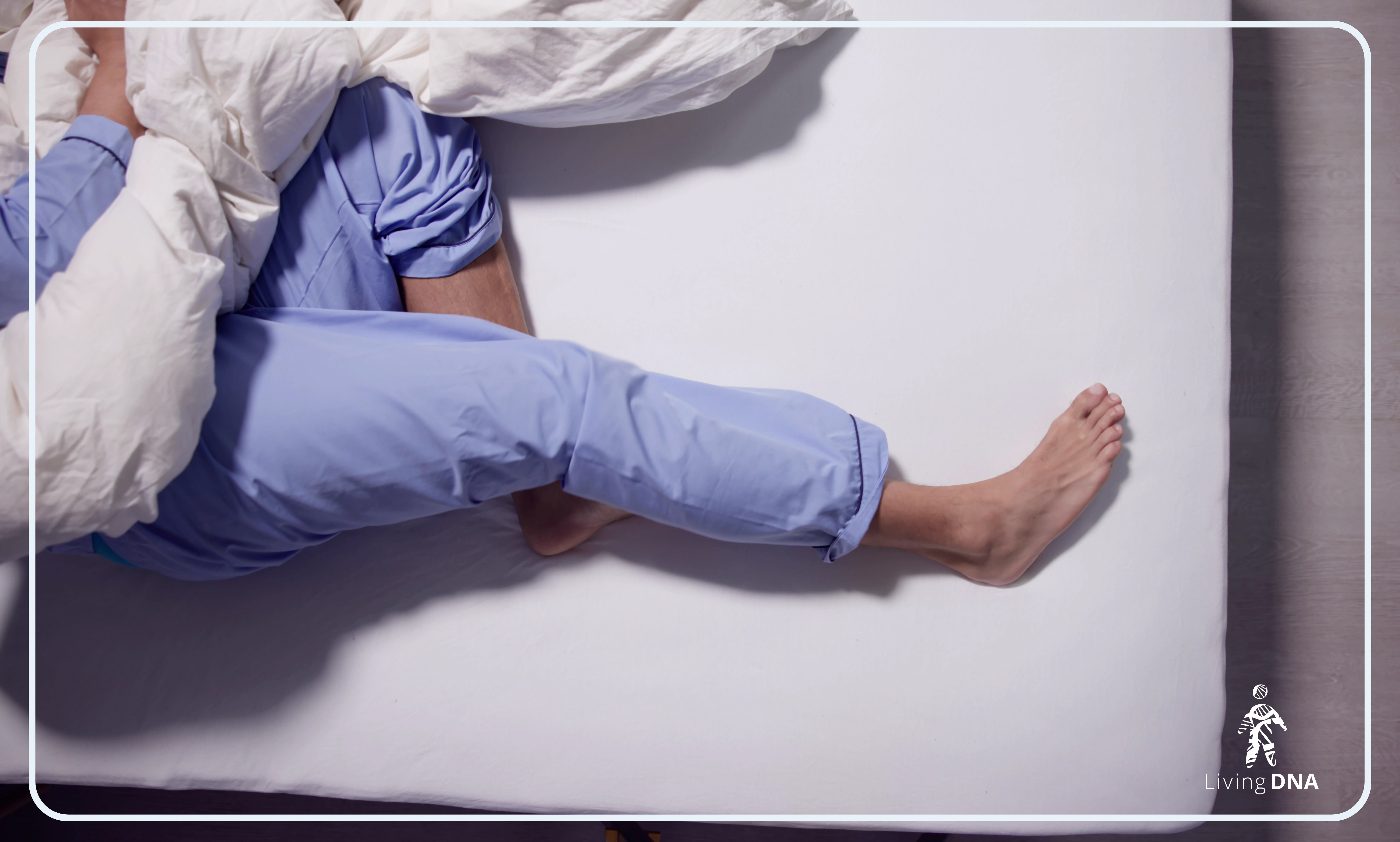
Keep a steady schedule: Your genetics can only set the baseline, your body clock thrives on a predictable schedule. Aiming for consistency in your bed and wake times can help to anchor your rhythm.
As autumn deepens and the evenings begin to stretch longer, it’s the perfect time to slow down, wind back, and prioritise your rest. As nature begins its rest through the cooler months, let it remind you that sleep isn’t just a luxury, it’s a vital part of keeping your mind and your body at their very best.
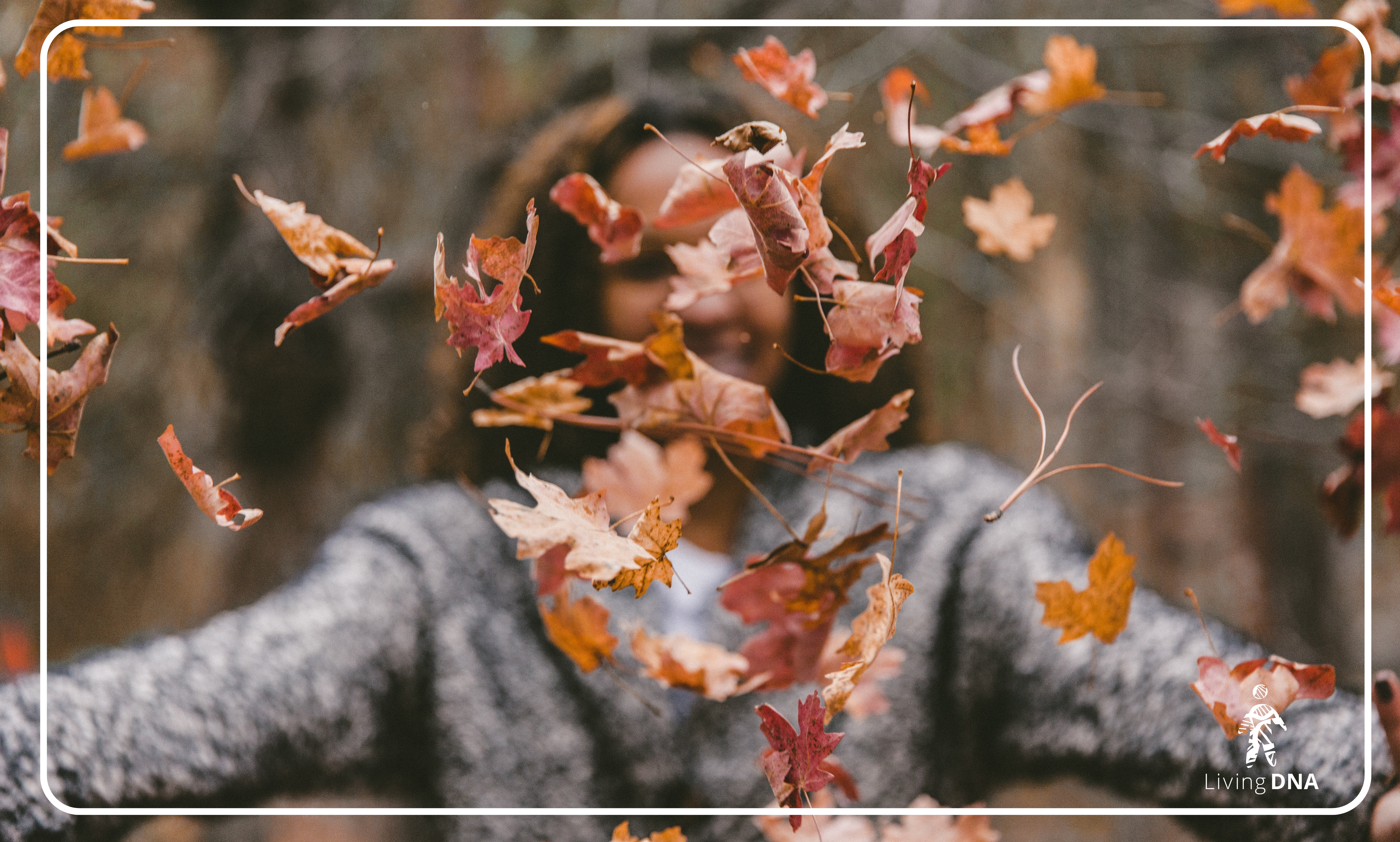
While you’re watching the leaves turn red and yellow and brown, think of it as your cue to tuck in a little earlier, get the rest your body needs, and wake up refreshed and ready for whatever the season brings.
Create your own version of hibernation, but without missing out on the pumpkin pie.
